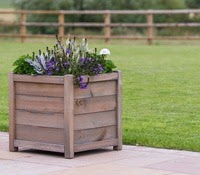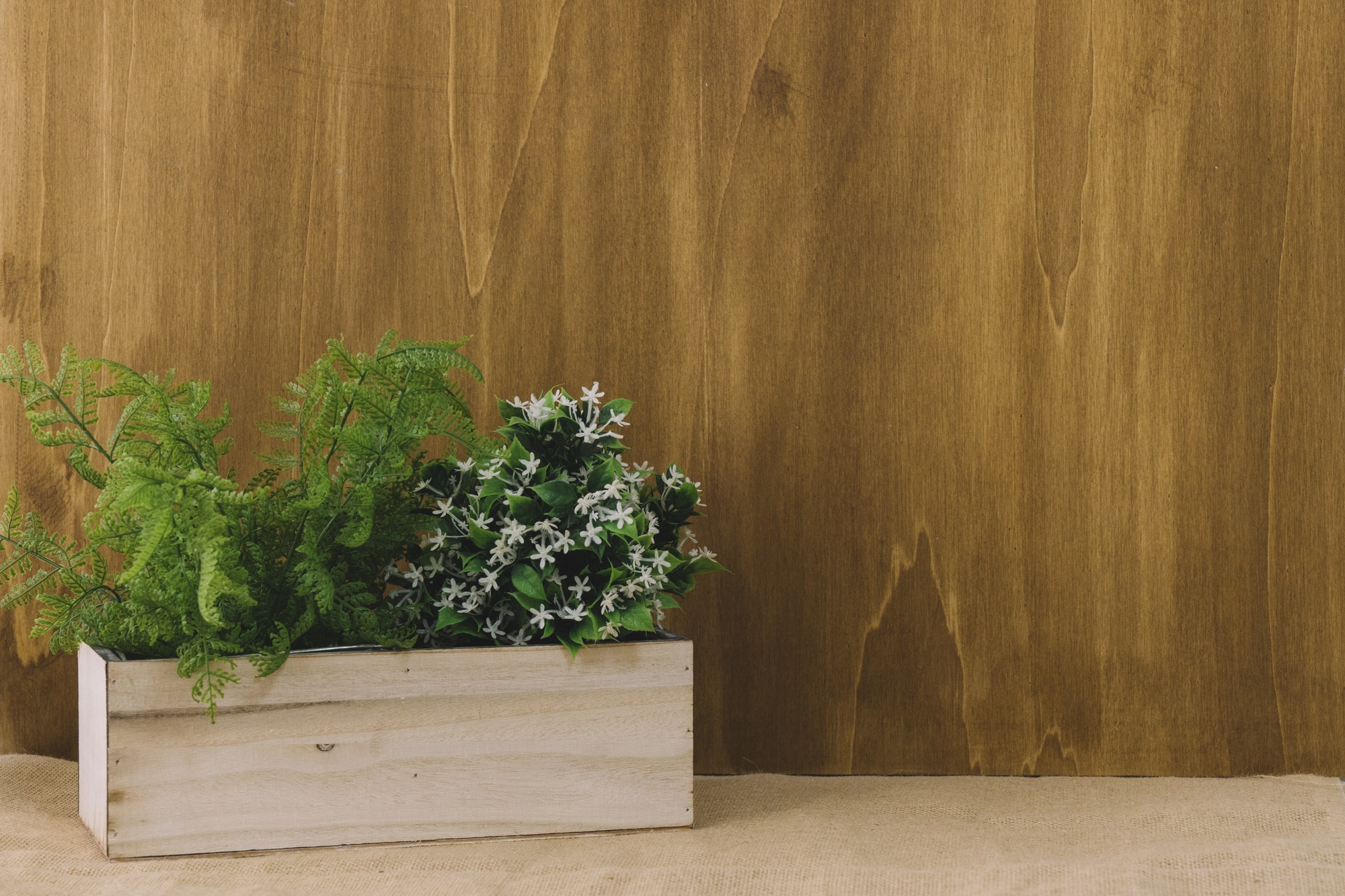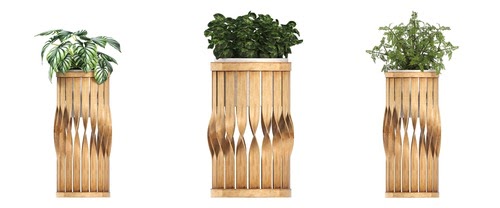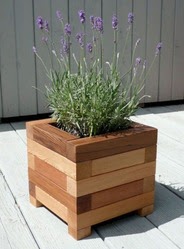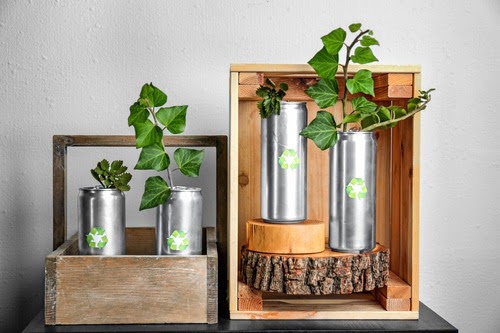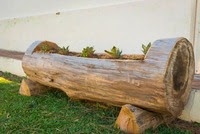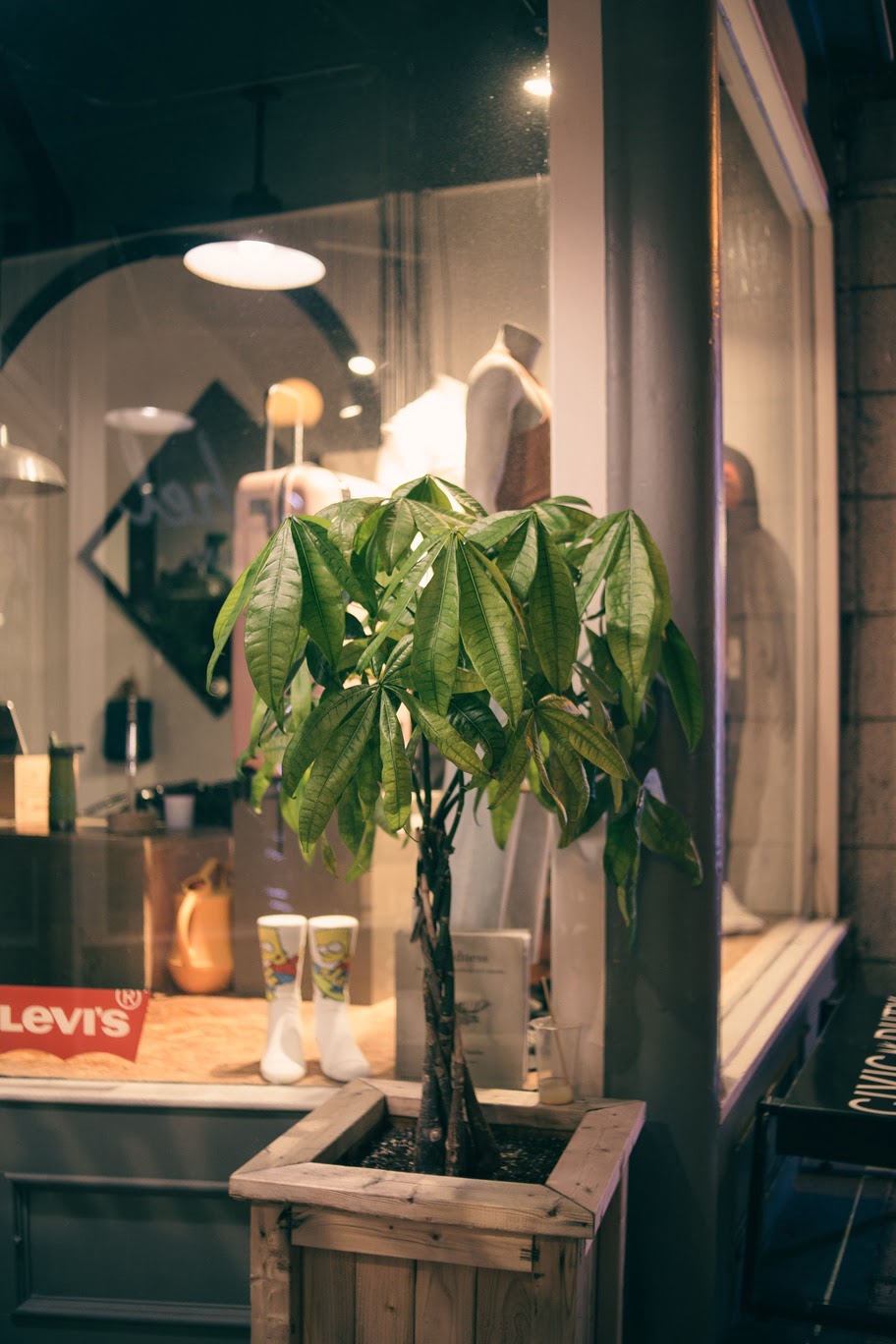
Wooden Planters
Wooden planters are containers made of wood that are designed to hold soil and plants, allowing people to create beautiful gardens even in limited spaces. They come in a variety of shapes, sizes, and styles to suit different preferences and outdoor spaces. Wooden planters can be used to grow flowers, herbs, vegetables, and even small trees, making them a versatile addition to any garden, patio, balcony, or rooftop.
Wooden planters are known for their natural beauty and warmth, as wood is a timeless and classic material that blends seamlessly with any outdoor setting. They can be made of different types of wood, such as cedar, redwood, teak, or pine, each with its own unique characteristics and benefits. Wooden planters can be stained, painted, or left untreated to showcase the natural wood grain and color.
Wooden planters are also popular because they are durable and long-lasting. With proper maintenance and care, they can withstand the elements and last for years, making them a smart investment for any garden enthusiast.
